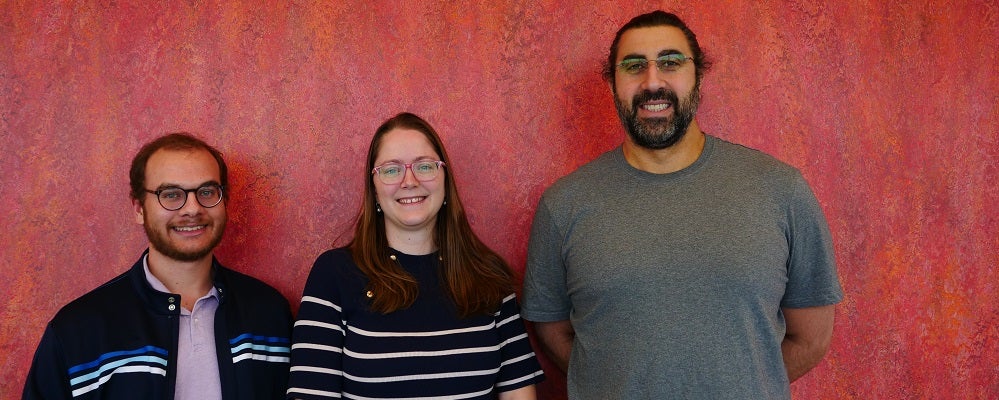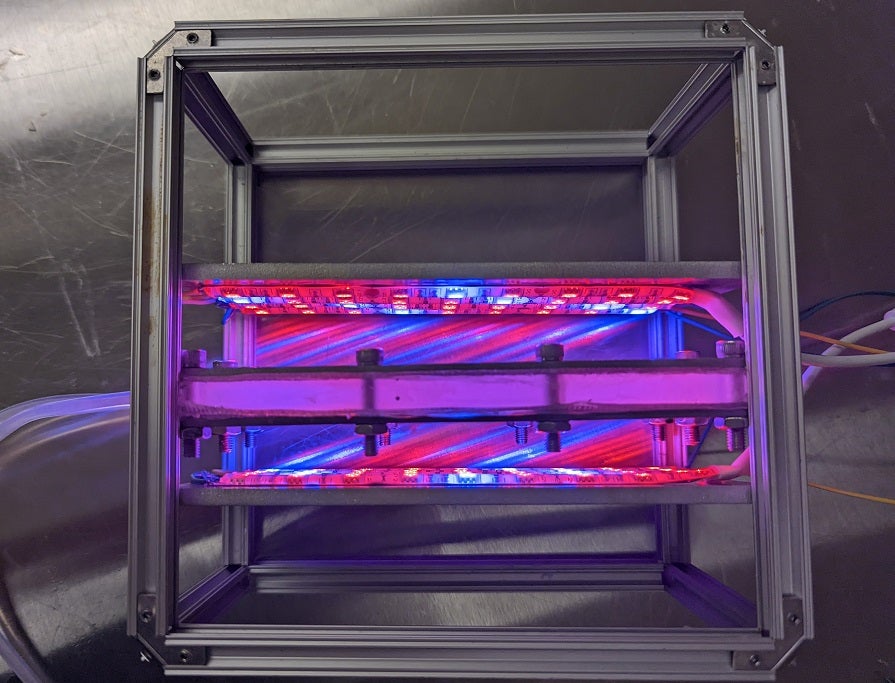
Nicholas Rasmussen, Professor Valerie Ward and Professor Nasser Mohieddin Abukhdeir
Providing food for astronauts on the International Space Station (ISS) is a mammoth task. Spacecraft routinely launch from Earth, bringing food supplies to the ISS-an expensive and energy-intensive method of providing basic food needs. Simultaneously, equipment and resources for life support are also a vital part of space exploration.
In the future, for long-term space travel to the Moon, Mars, and beyond, astronauts will have to transport their food and other life support resources with them and use them in the most efficient and sustainable way possible. This means that life support systems, which include food production and reuse, must be developed so that precious energy, oxygen, and carbon are not wasted.
To address this problem, NASA and the Canadian Space Agency have launched a Deep Space Food Challenge, calling broadly to researchers to develop novel food production systems that require minimal inputs and maximize nutritious food outputs that can be used in space.
Professor Valerie Ward and Professor Nasser Mohieddin Abukhdeir from the Department of Chemical Engineering are semi-finalists in the competition. Nicholas Rasmussen, a Chemical Engineering graduate student is also assisting with the project. They are working to develop a new type of combined food growth and environment regeneration device. This device is based on a hydrogel photobioreactor used for the cultivation of algael-based food and regeneration of carbon dioxide, emitted through astronaut respiration, into breathable oxygen.
Additionally, algael-based food produces a vital source of non-animal-based protein. Animal-based protein sources are not feasible or sustainable for extraterrestrial applications, such as space travel and colonization.
“Regarding growing food in space, or here on Earth, controlled-environment agriculture is vital for increasing the sustainability of food production,” said Abukhdeir. “It is especially important in space as the habitat is closed, which requires increased coupling of food production with life support to minimize the reliance on external supplies.”
Their research team is growing microalgae called Chlorella, which has an excellent nutritional profile that includes protein, vitamin B12 and iron. Microalgae are normally grown in water which would have to be transported from Earth for a deep space mission.
Instead, researchers constructed a metallic frame for the algae that uses minimal water and energy through its innovative design. In this photobioreactor, water is diffused through hydrogel. The algae have the consistency of play-doh and can be freeze-dried and used in smoothies, pasta, or miso soup.
Light that is within the usable spectrum for plant growth (photosynthetically active radiation) is provided by special LED lights in a novel way which allows for extremely high-density growth and heat dissipation characteristics. Again, this system not only provides important protein-rich food for astronauts but also supplements or could even replace traditional life support systems, such as carbon dioxide scrubbers.

Metallic frame with algae growing between the LED lights
“We've developed a relatively simple system for producing protein in space, which also happens to be relatively inexpensive. This is great for growing algae on Earth too because algae can also be used to make biofuels and plastics in a renewable way. Reducing the cost of the reactors and the water removal steps might make the process more economically competitive,” said Ward.
This research to develop food production technology for low mass, low energy and low waste systems would not just benefit astronauts, it is directly applicable to solving the everyday challenge of food security here on Earth.